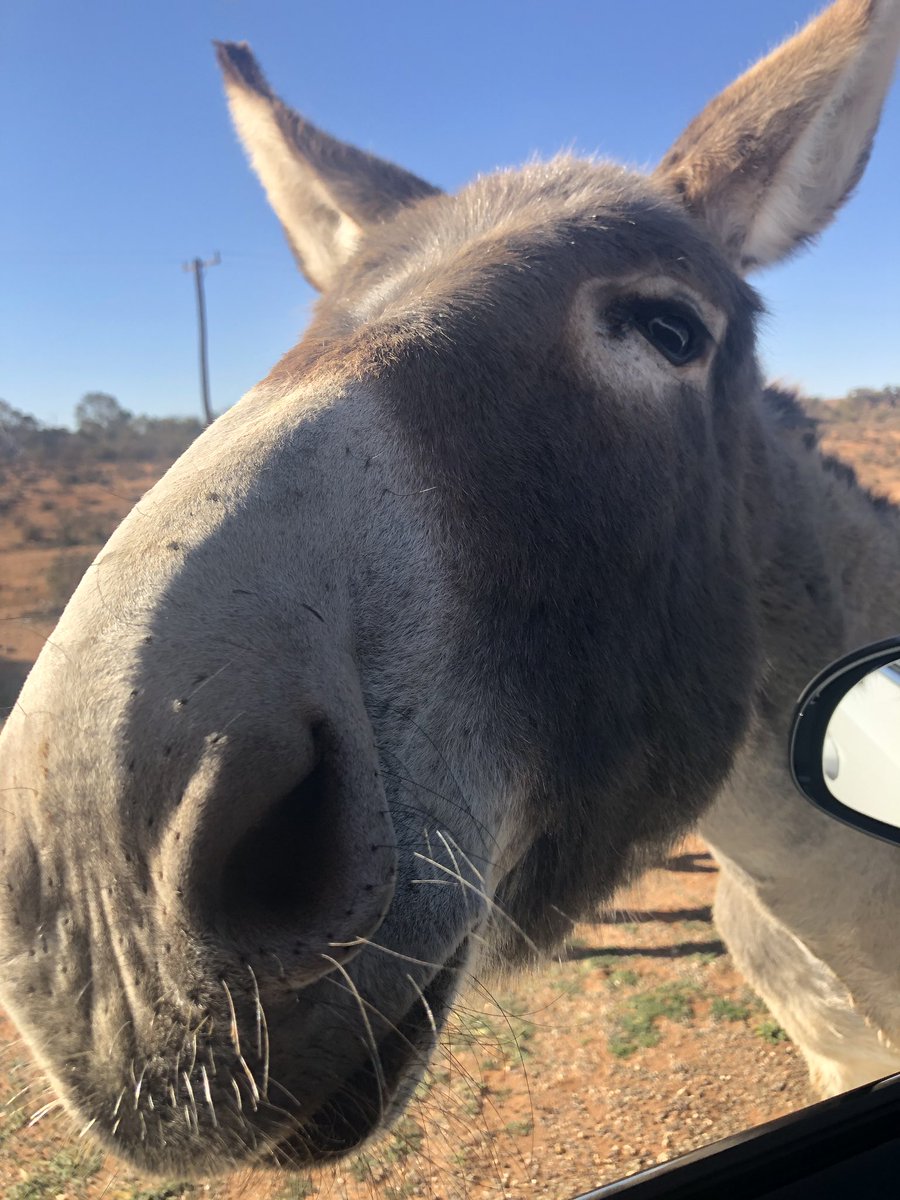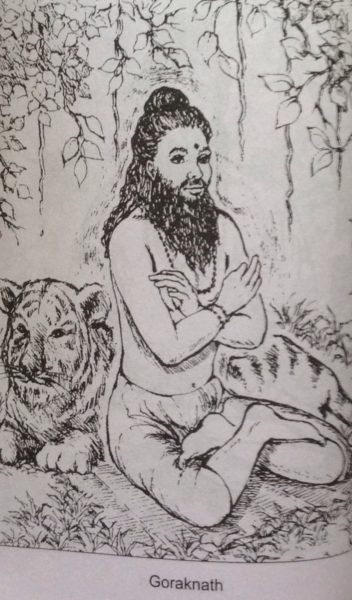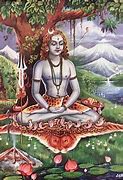2-
Aboriginal and Torres Strait Islander Peoples in Australia, suffer grossly disproportionate rates of disadvantage against all measures of socio-economic status.
1-
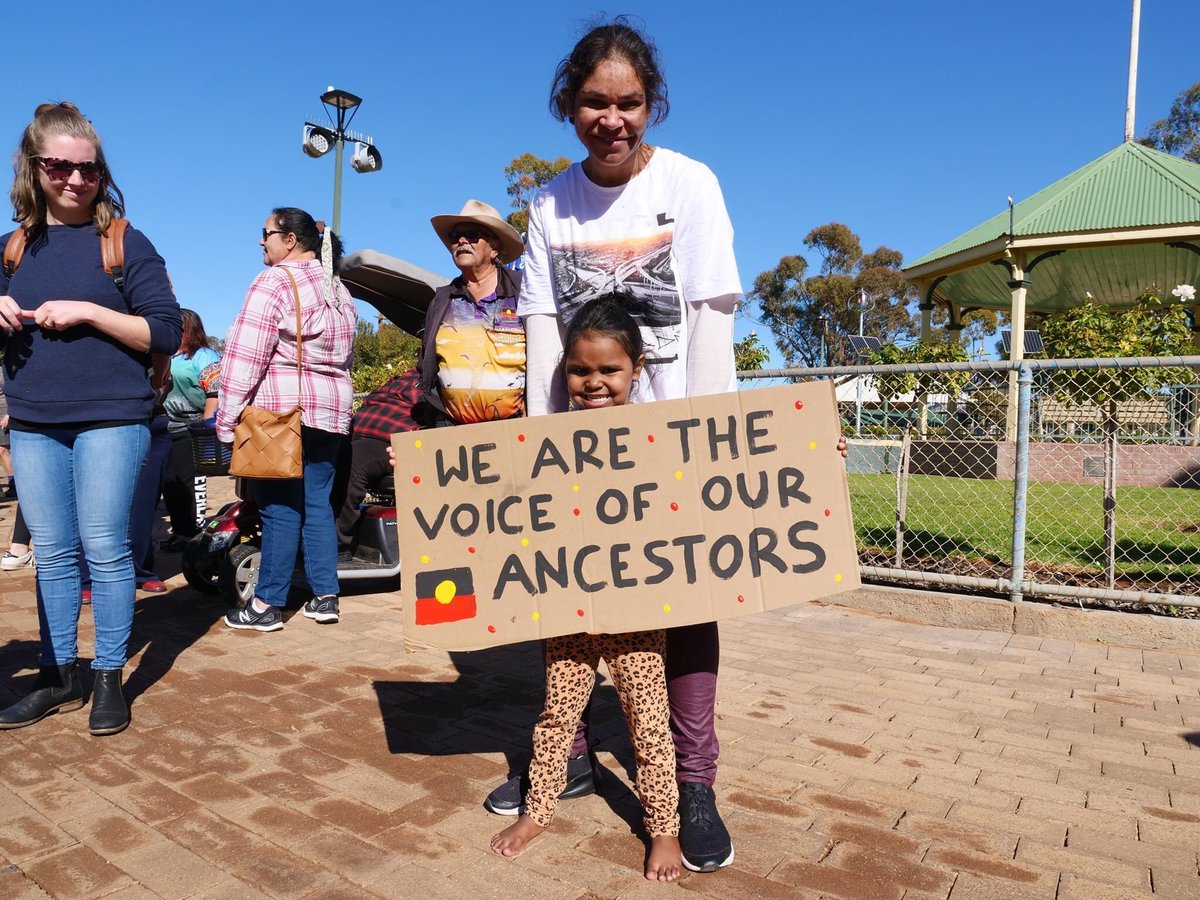
2-
3-
4-
https://t.co/fKxg5LhnKh
5-
6-
7-
8-
9-
10-
11-
12-
13-
14-
15-
Promote substantive equality before the law for Aboriginal and Torres Strait Islander peoples;
Promote fairer enforcement of the law and fairer application of legal frameworks;
16-
17-
Make available to Aboriginal and Torres Strait Islander offenders alternatives to imprisonment that are appropriate to the offence and the offender’s circumstances;
&
18-
19-
20-
21-
22-
23-
24-
25-
https://t.co/hkd8nS7hR9.
A Summary Report is also available.
26-26
More from Kirsti Miller
There is little understanding within Australian society of the requirement to and legitimacy of adopting special measures.
Government policy does not acknowledge the applicability to Indigenous people of the right to self-determination. In 1997 the cruel Howard government actively rejected self- determination as the basis of Indigenous policy.
Key reports which make recommendations for redressing Indigenous disadvantage, including the Royal Commission into Aboriginal Deaths in Custody, and Bringing them home, .....
the National Inquiry into the Separation of Aboriginal and Torres Strait Islander Children from Their Families, have ’NOT’ been fully implemented.
Many recommendations, particularly those concerning the application of the principle of self-determination, have been actively rejected.
Such a waste
— Steve Grey (@Stephen_J_Grey) January 28, 2021
Government policy does not acknowledge the applicability to Indigenous people of the right to self-determination. In 1997 the cruel Howard government actively rejected self- determination as the basis of Indigenous policy.
Key reports which make recommendations for redressing Indigenous disadvantage, including the Royal Commission into Aboriginal Deaths in Custody, and Bringing them home, .....
the National Inquiry into the Separation of Aboriginal and Torres Strait Islander Children from Their Families, have ’NOT’ been fully implemented.
Many recommendations, particularly those concerning the application of the principle of self-determination, have been actively rejected.
More from Economy
1. HUGE DISCOVERY!
What would have been exposed if @GenFlynn hadn't been impeded by corrupt FBI, DOJ and the Obama White house?
He'd have exposed CHINA and their laundering of IRANIAN OIL MONEY!
Read the thread below for the back story on how they went after Flynn.
What would have been exposed if @GenFlynn hadn't been impeded by corrupt FBI, DOJ and the Obama White house?
He'd have exposed CHINA and their laundering of IRANIAN OIL MONEY!
Read the thread below for the back story on how they went after Flynn.
1. As promised.
— \U0001f1fa\U0001f1f8 \U0001d7dc\U0001d7d8\u210d\U0001d556\U0001d552\U0001d555 \U0001f1fa\U0001f1f8 \u2b50\u2b50\u2b50 \U0001f1fa\U0001f1f8 (@40_head) December 2, 2020
A deep dig covering years of research. This is going to take you committing some real time to get through. What's THIS all about?
A coup. Murder. Treason. Laundering gold for Iran...I think it will blow your mind.
1) Well, also there is this:
For 400 years inflation has NOT been in a "mountain range" of up and down, but rather stair-stepped in giant increases, always associated with major transformations in economic arrangements.
For 400 years inflation has NOT been in a "mountain range" of up and down, but rather stair-stepped in giant increases, always associated with major transformations in economic arrangements.
The only way that debt comes down is if rest of world flips to trade deficit status w/US (I.e., trades accumulates $USD from prior trade surpluses w/US for actual goods & services). Not likely anytime soon. $USD as global reserve currency requires massive public debt.
— David "Most Vicious Dogs & Ominous Weapons" Herr (@davidcherr) January 15, 2021
Does raising the minimum wage reduce the number of low-wage jobs?
No.
"We also find no evidence of disemployment when we consider higher levels of minimum wages."
https://t.co/vlgagEHeyy
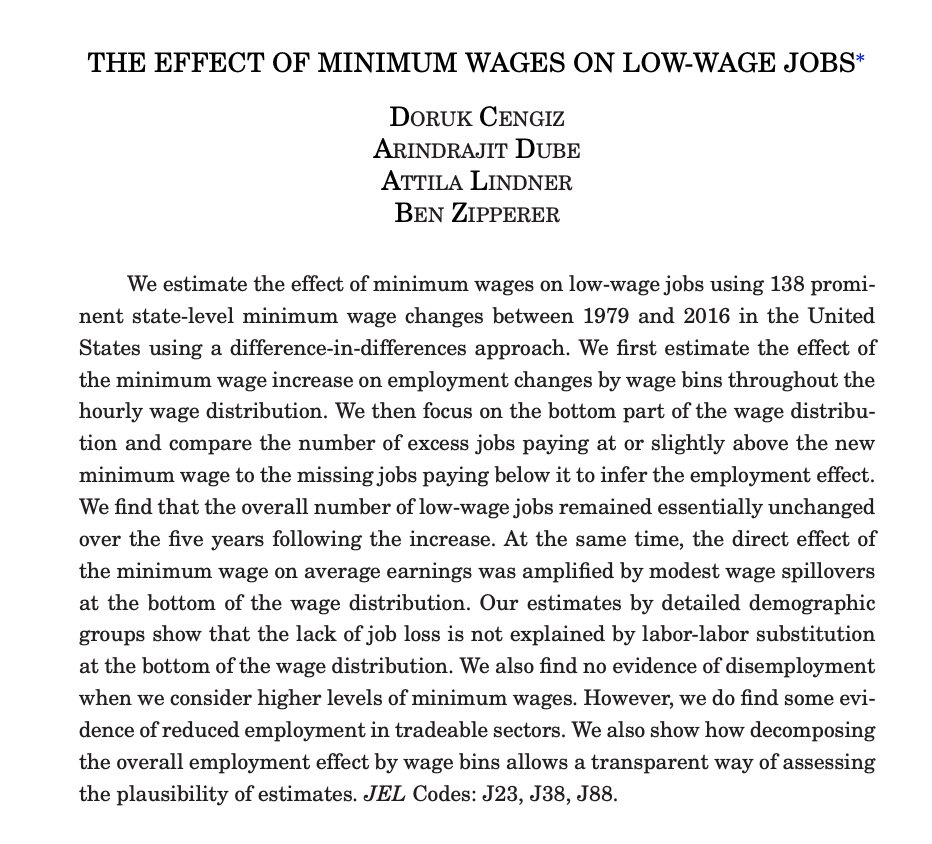
Minimum wage increases reduce crime.
https://t.co/1G1clXqF9t
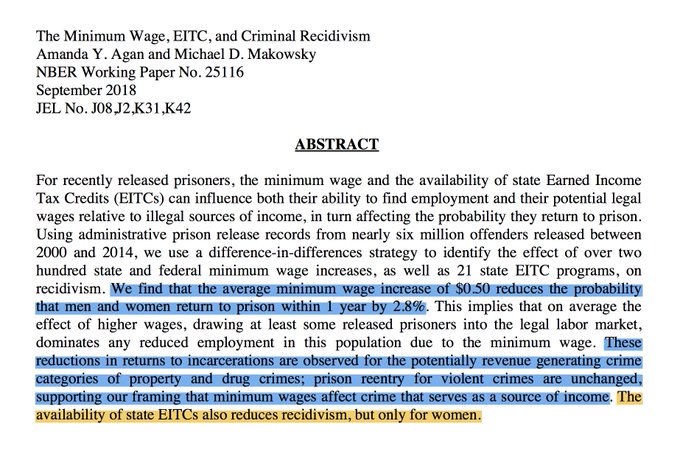
When you increase the minimum wage, you decrease infant mortality among poor families.
https://t.co/iwW1FDsLYG
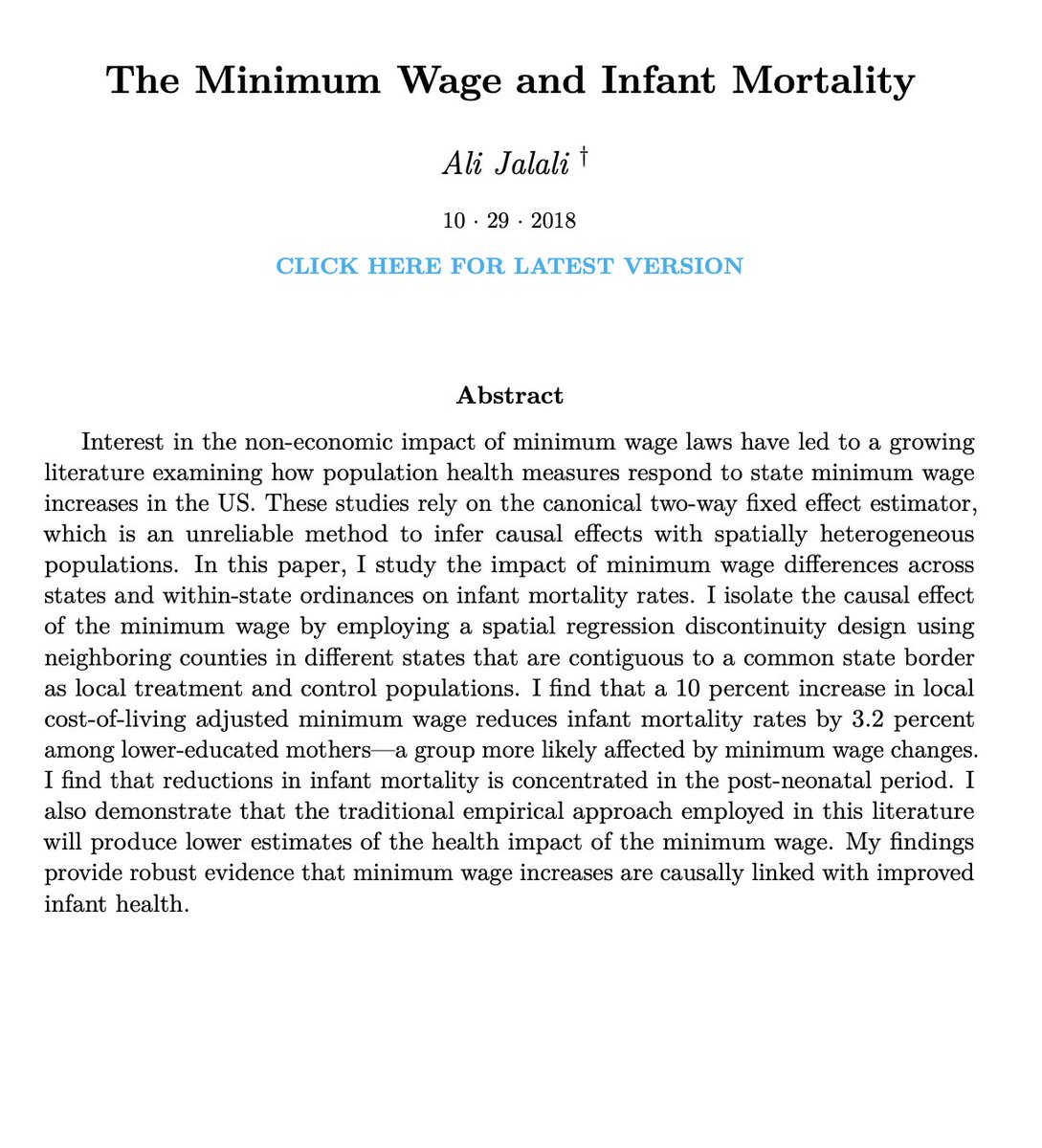
Increasing the minimum wage improves kids' health.
https://t.co/66DLHERpOJ
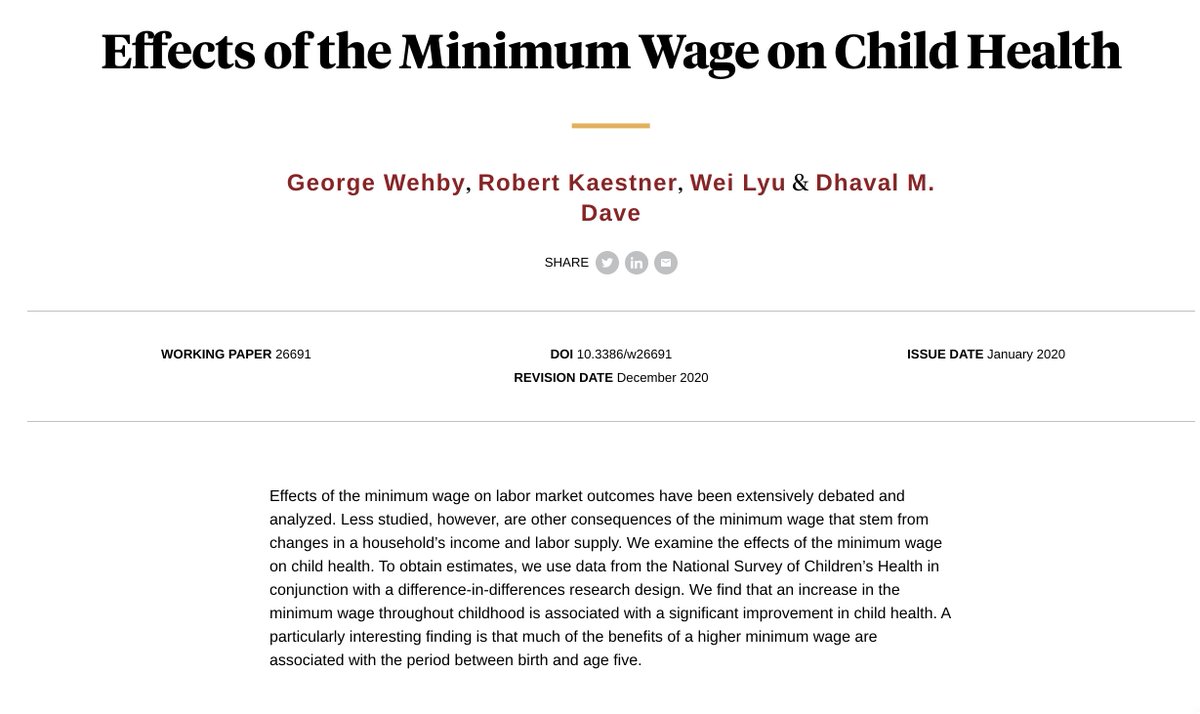
The minimum wage reduces racial income inequality.
https://t.co/wkn9Ajotlx
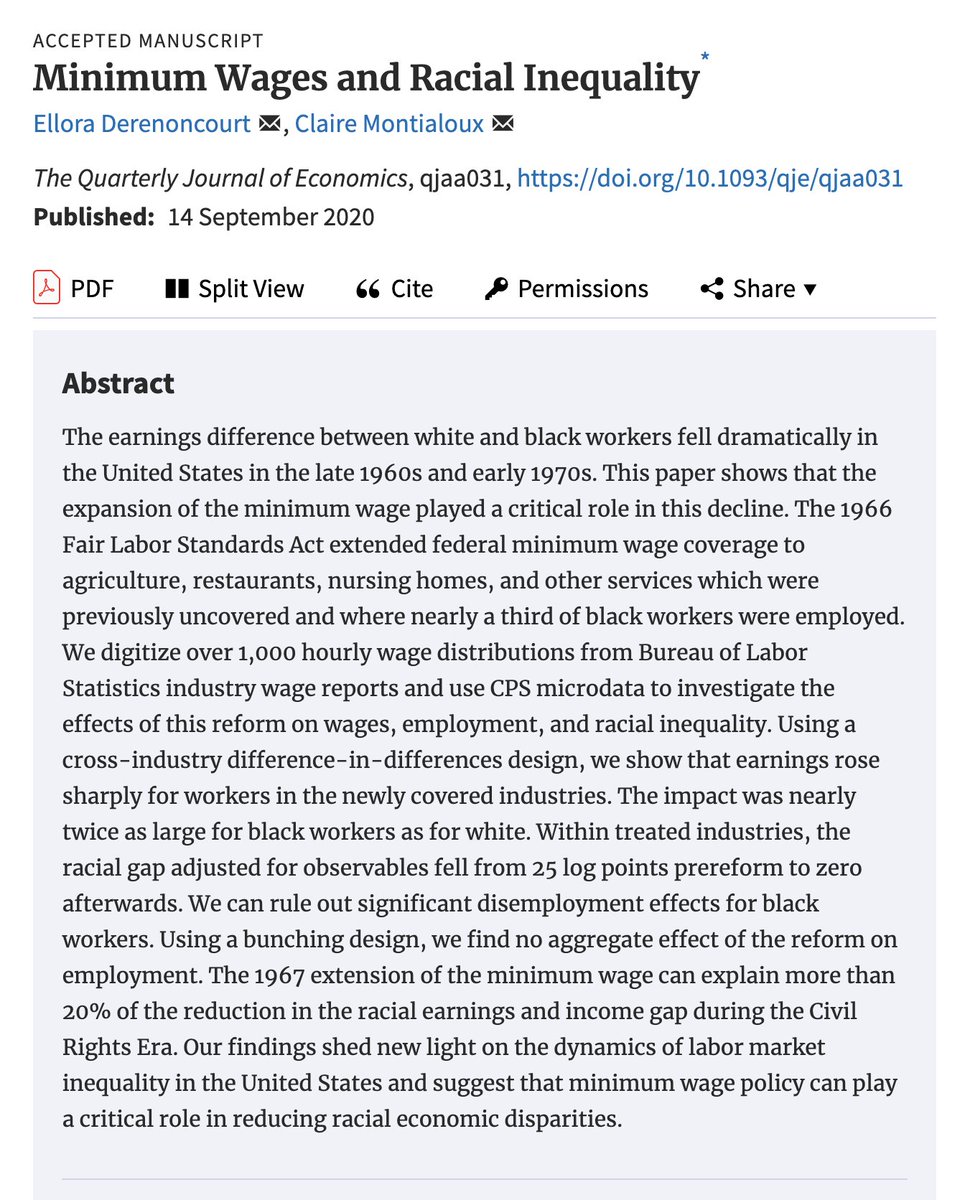
No.
"We also find no evidence of disemployment when we consider higher levels of minimum wages."
https://t.co/vlgagEHeyy

Minimum wage increases reduce crime.
https://t.co/1G1clXqF9t

When you increase the minimum wage, you decrease infant mortality among poor families.
https://t.co/iwW1FDsLYG

Increasing the minimum wage improves kids' health.
https://t.co/66DLHERpOJ

The minimum wage reduces racial income inequality.
https://t.co/wkn9Ajotlx


